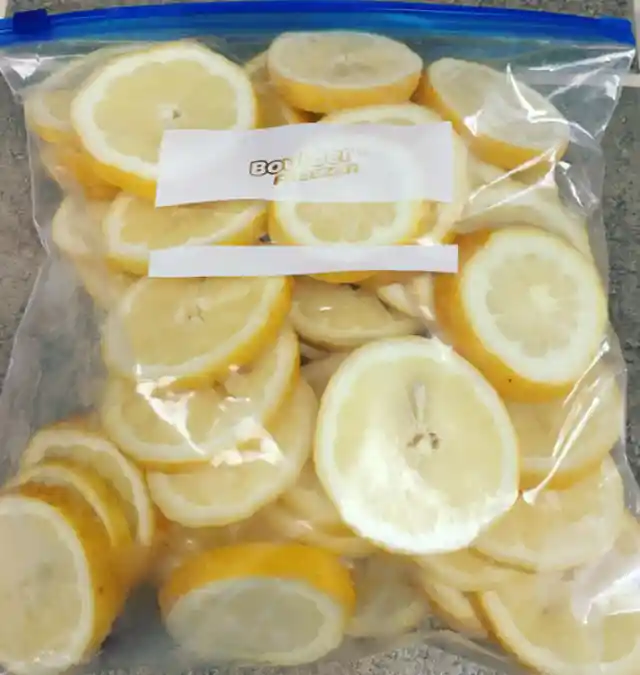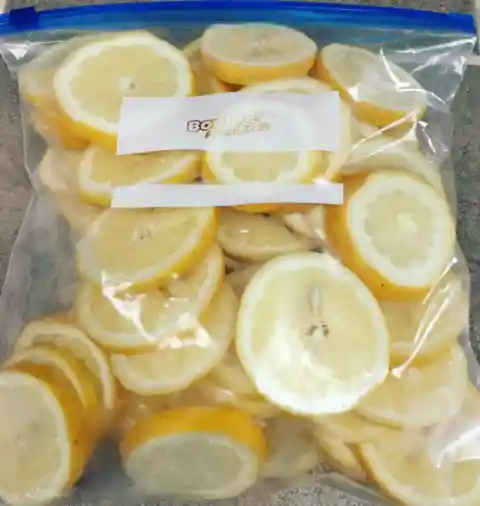Grocery shopping can be tedious. Some people like to make grocery lists and meticulously plan out their meals for the week, while others like to throw things into a cart and figure it all out as they go along. No matter how you like to shop, sometimes those groceries end up going rotten before you even get a chance to use them. Fortunately, there are some great ways to get the most out of groceries before they spoil, and there are even ways of making some items last longer. Making groceries last longer and avoiding waste is both good for the wallet and the planet. If you want to extend the shelf life of your groceries, read on. We’ve compiled some of the best hacks and tips for storing some of your favorite foods.
1. Regrow Your Scallions
Scallions are an exceptional addition to many recipes and side dishes. Unfortunately, sometimes their life is cut short. They can wilt before you have finished cooking all the dishes you’d planned. Instead of throwing out your scallions, you can regrow them. Try using the rooty bottoms of onions. Just add an inch or two below the soil level in a mason jar filled halfway up with cool tap water and watch them grow back again. Store it in your kitchen window for easy access.

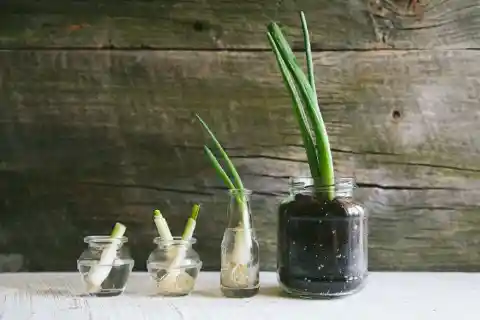
2. Freeze Herbs In Olive Oil
You can save time and effort by freezing basil, oregano, thyme, and rosemary into an ice cube tray. This way, you’ll always have fresh herbs on hand for meals like lasagna or pasta without the hassle of finding them in the off-season. The best part about these herb cubes is that you can make several batches at once. Use an ice tray, and once they’re frozen, you can store them in a ziplock bag, then pop them out of the freezer when needed. This beats dried herbs anytime!


3. Hang Onions In Pantyhose
People often love the smell of onion frying in a pan. It fills up an entire home with its fragrance and makes almost any meal taste better. Onions don’t last very long, though, sometimes they go bad quickly if not stored properly. So, to avoid onions ripening too quickly, grab some pantyhose and make onion sausages. Then, hang them from a hook in a cool dark place to let the ethylene gas escape. This will keep onions fresh for more extended periods.
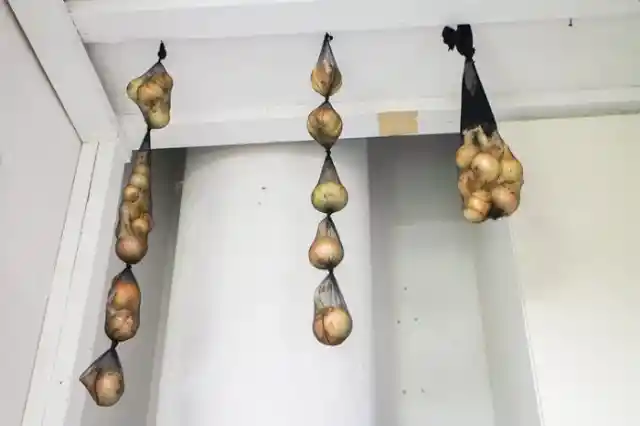

4. Flip Turn The Sour Cream And Cottage Cheese Containers
This little tip may seem weird, but it’s an excellent trick for your sour cream or cottage cheese good for a longer amount of time. All you have to do is turn the tub upside-down. And honestly, how many tubs of half-used sour cream have you tossed out? Turning your tubs over will create a vacuum effect inside your containers of cottage cheese and sour cream. This slows down the bacteria’s growth and prevents it from spoiling your food as fast. Next time you shop, you can skip this section of the dairy aisle.
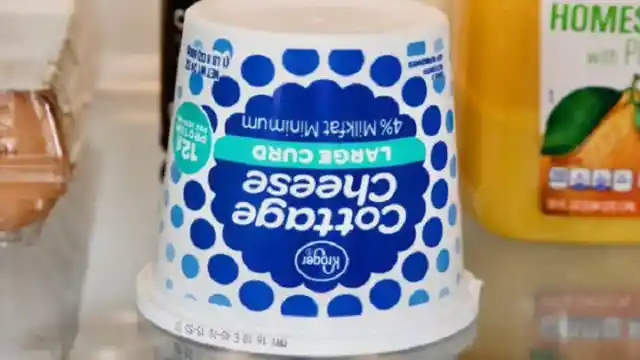
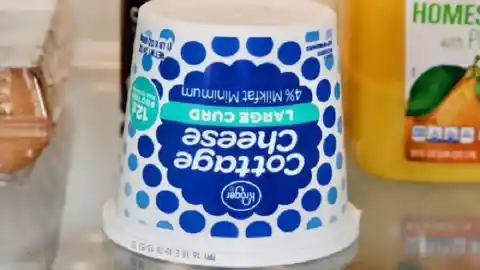
5. Wrap The Crown Of Bananas
Bananas can be used in various desserts and breakfast dishes. They taste great, especially when they are baked into delicious banana bread. If you have very ripe bananas that seem to go brown faster, this is due to the ethylene gas. To avoid this, wrap some plastic or foil around the stem, which will slow down ethylene release. So it doesn’t speed up as much and ensure you check on them every once in a while to give them time before they become too ripe.


6. Keep Your Fridge Organized And Clean
Leaving expired items in the corner of your fridge can lead to mold and other contamination. If one area gets contaminated, it will affect other areas too. Refrigerator clutter reduces cool air circulation and creates warm spots which spoil food faster. Therefore, if you want to maintain your fridge clean and clutter-free, make sure to purge expired items in the refrigerator once a week and give it a deep clean once a month. Also, try not leaving open products near moldy areas as this can contaminate them too.


7. Keep The Milk Away From The Fridge Door
Milk is a perishable item, which means it doesn’t last that long. Therefore, milk should always be stored on an inside shelf and never on any refrigerator door shelves where temperature can fluctuate quickly. Even though it’s convenient, it isn’t the best for keeping milk fresh longer. So, if you’re someone who loves to drink their milk, store it in the middle section of your fridge. This area is less exposed to humidity and heat than other areas, so it’s best for storing perishable items such as dairy products.
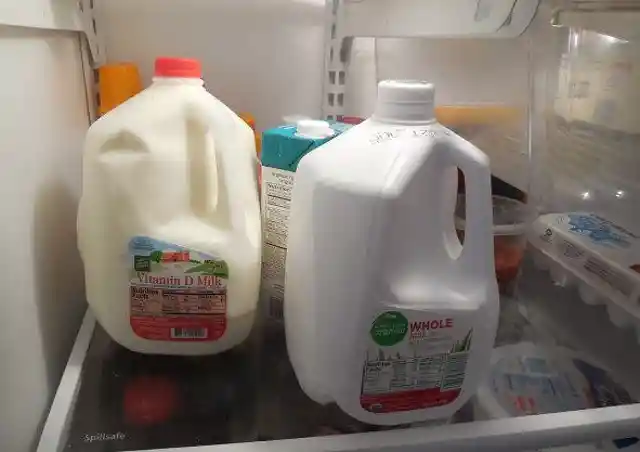
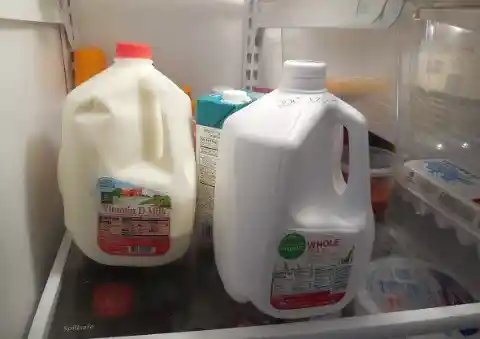
8. To Grate Ginger, Freeze It
When you purchase ginger from the store, please keep it in an airtight bag or container and place it in your freezer. You’ll be able to grate it much more quickly than when buying a whole piece directly off of the root. In addition, its peel will come out so finely grated that there’s no need for peeling beforehand. Also, this method keeps things fresh longer, and this also helps preserve their freshness which can last up to six months when frozen.
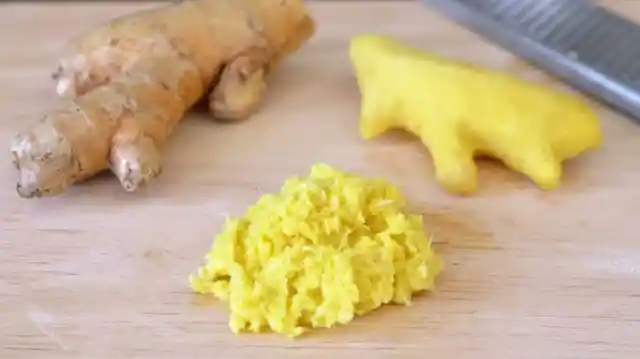

9. Leftover Avocado
Avocado is a healthy fruit that everyone should include in their diet. Eating an entire avocado can be tricky, though, as it isn’t recommended from a health standpoint. But avocado halves typically don’t last very long without going brown and mushy. Ascorbic acid is the leading cause of avocados turning brown. Luckily, citric acid from lemons can keep them fresh by fighting it off. To ensure your avocado doesn’t go bad overnight, sprinkle some drops on top before storing it in the fridge.
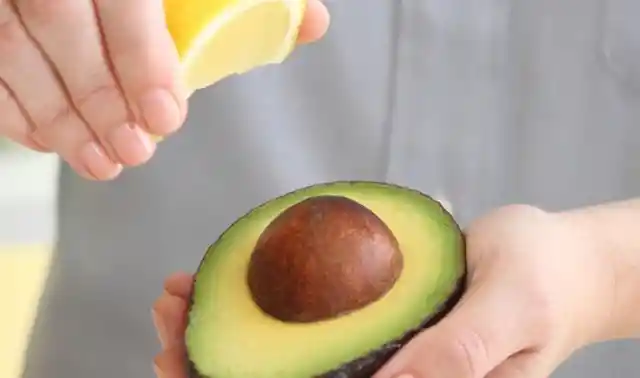

10. Store Mushrooms In A Paper Bag
Mushrooms are a food that people either hate or love. Some can eat them with every meal, while others would politely push them to the corner of their plates. For mushroom lovers out there, ensure you store your fresh mushrooms in paper bags. To keep the mushrooms fresh for around a week, place them in paper bags and store them on one of your refrigerator shelves. The pack will absorb all moisture to prevent fungi from developing while still allowing enough airflow. Who knew?
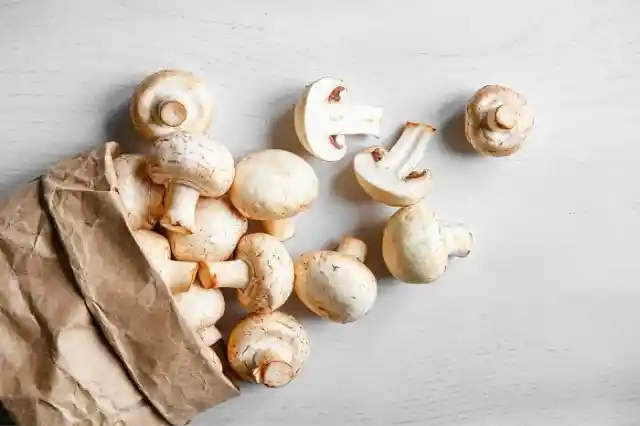
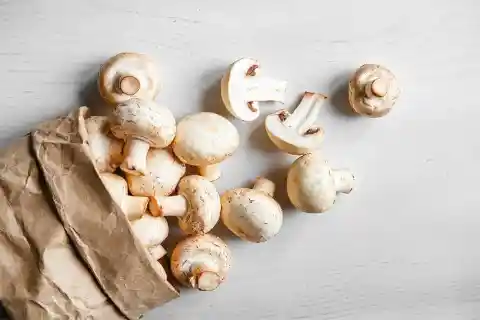
11. Place The Ice Cream Jars In A Plastic Bag
If not properly stored, ice cream can get rock-solid quickly and also get freezer burn. So we want them nice and creamy inside while keeping everything safe from melting too fast on hot summer days. How do we strike a balance? So, a straightforward hack is to put the ice cream container in a plastic bag and then into another sealable plastic bag or Tupperware that will keep your sweet treat soft even when frozen solid for hours at a time.
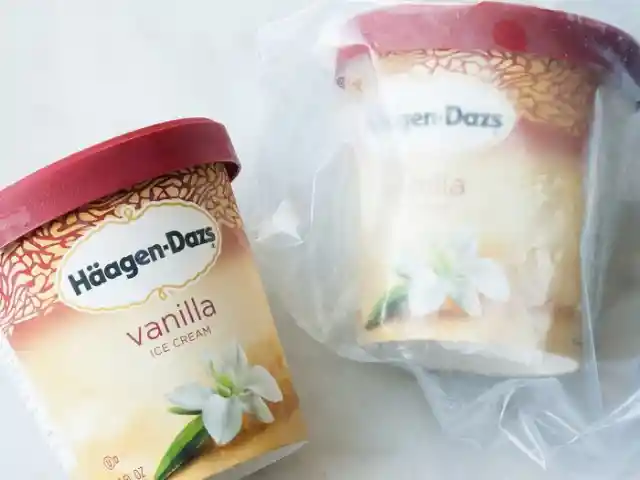
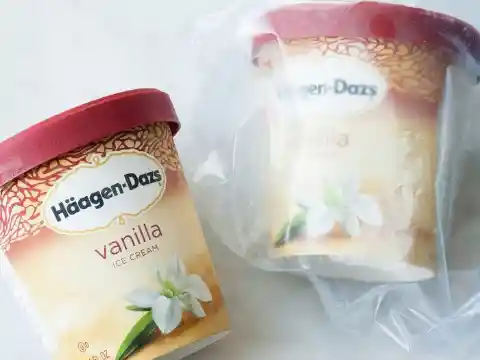
12. Thaw The Crystalized Honey To Retrieve Its Texture
Honey is a natural antioxidant. It has antibacterial and antifungal traits that make it really useful to have around the house if you’re sick. Unfortunately, honey can also crystalize if not stored correctly. But when your honey crystallizes, there’s an easy fix. Place the jar in a bowl of warm (not scalding) water for a few minutes, and then stir it to re-emulsify. The crystals will be gone, and magic liquid honey shall appear again. Please do not microwave your honey, as this strips the nutrients that make it so amazing.

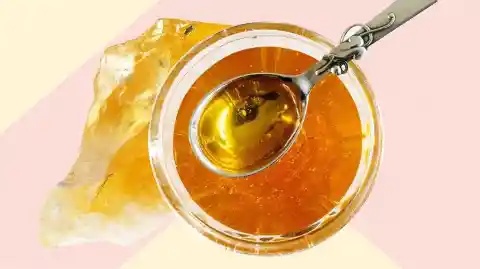
13. Don’t Keep Your Bread In The Refrigerator
Don’t keep bread in the fridge. Your baguettes, loaves of rye, and sourdough should be stored at room temperature, on the counter, or in a cabinet. Storing your pieces of bread in the cold will make them go stale faster because moisture gets trapped inside. There are several ways to keep bread fresh. Putting your bread in a special box will keep it fresh rather than leaving it on the counter or inside the fridge. Be sure to take it out from storage when you need toast for breakfast!
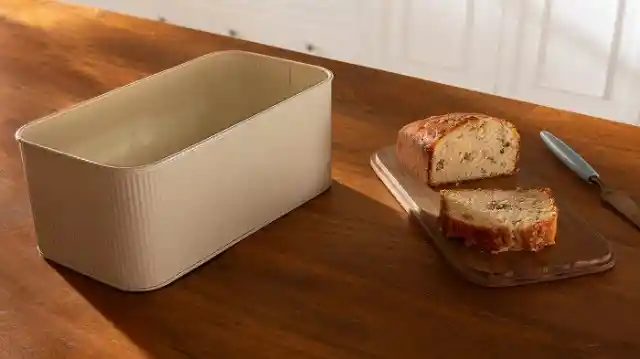
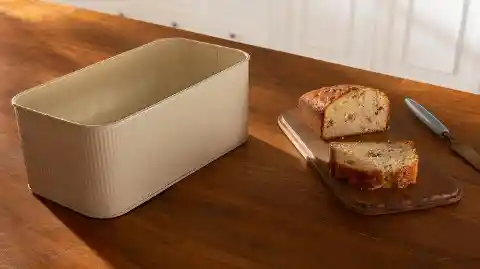
14. How To Store Tomayto, Tomahto
The discussion over whether to store tomatoes in or out of the fridge has been raging for a long. This is because their enzymes can change both taste and texture if they are kept chilled, but there’s a formula you should follow instead. To prolong the life of tomatoes, keep them at room temperature until they’re ripe. Once this is done, you can store unripe and refrigerated ones in different areas to avoid over-ripening. By doing so, perfect-tasting tomatoes are always at your disposal.
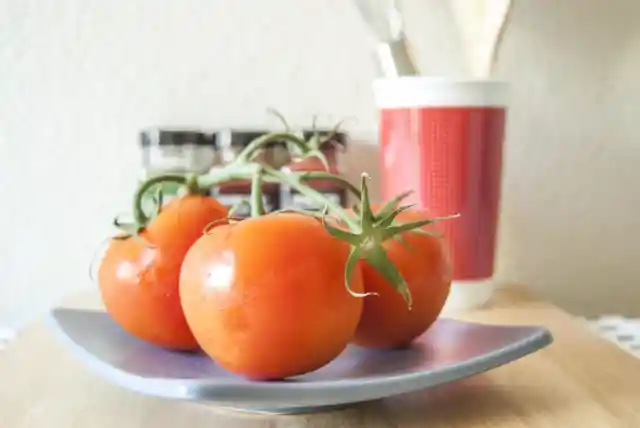

15. Quick Freeze Green Onions In Plastic Bottle
Green onions are one of the many vegetables that tend to be added to stir-fries and other tasty dishes like chili. These green stalks come in bunches with long stems attached, which is the most common way you buy them in stores. For those who often have an excess of green onions, chop them into the size you would typically use for cooking and stock them in a dry water bottle. Freeze the container overnight, and tap out onto your favorite dishes as needed.
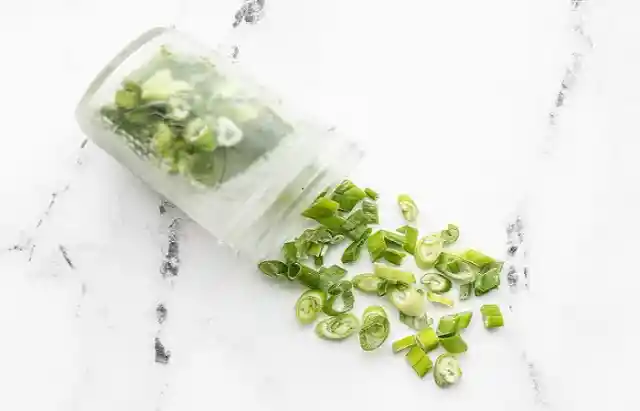
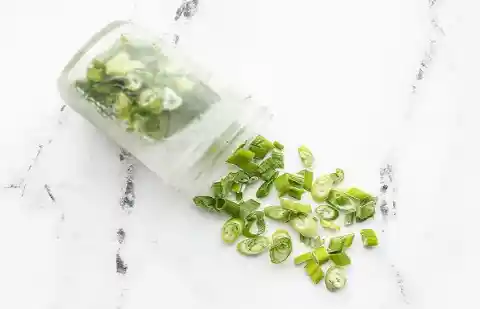
16. Keep Your Lettuce Salad Crisp All Week Long
We all know that lettuce is a great topping for sandwiches, burgers, and salads. However, nobody wants to eat sad-looking soggy lettuce. This trick will show you how to keep your salad greens fresh and crisp for a long time. To make your lettuce last longer, break off the head leaves instead of storing them as a whole. Rinse and dry them individually before placing them in ziplock baggies with a paper towel to absorb excess moisture. This works for all the different types.

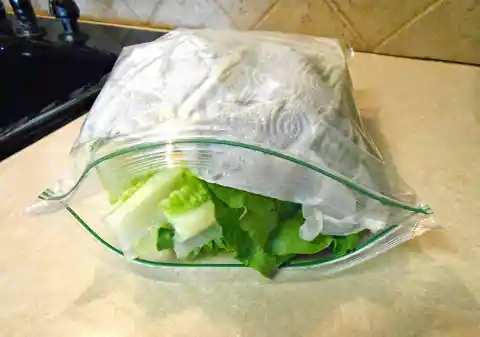
17. Keep Your Red Spices Flavorful By Storing Them Cold
Rather than leaving your spices on the spice rack, keep your red spices fresh by putting them cold. Red spices like paprika or crushed pepper will lose flavor if left out at room temperature in your spice rack or in a drawer. Instead of leaving them out in the air and heat all day long, try putting your favorite red spices into a small plastic bag and store them in the refrigerator. This will keep their flavor fresh for longer periods of time.

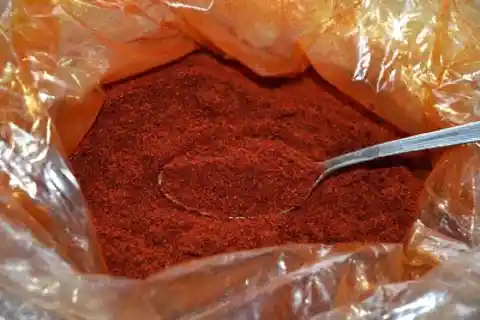
18. Store Your Fresh Herbs Like Flowers
Some people prefer not to freeze fresh herbs. Instead of keeping them in the bag they come in, you can put a bunch of herb leaves into a cup of water and cover it tightly with a plastic bag before storing it in the fridge. Fresh herbs are best kept moist and sealed. To assure that bacteria don’t get to the herbs, it is vital to seal out air from entering the container and allowing harmful microbes to grow, which cause your herbs to wilt and rot.
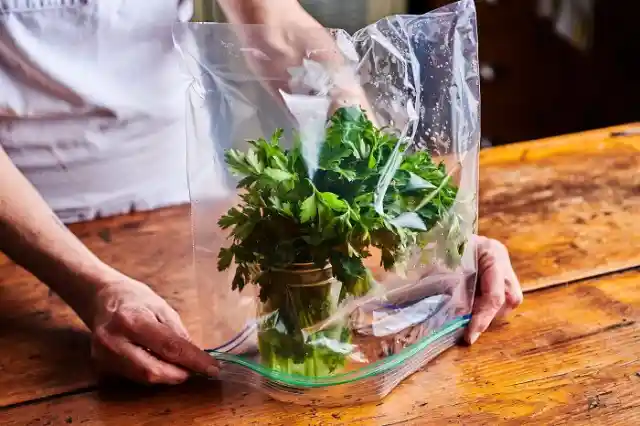
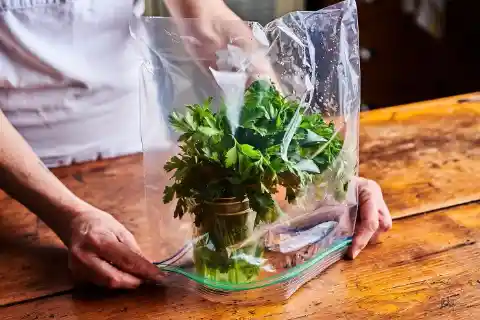
19. Make Berries Last Longer With Vinegar
To keep strawberries fresh for longer, try vinegar. It might sound strange to put the sweet fruit in an acidic liquid, but it works great. Strawberries, along with other types of berries, tend to spoil quickly, and you often end up tossing half a box of them in the trash. Submerge your berries in a mixture of 10 parts water and one part vinegar, drain them, and store them in the fridge for almost two weeks. The solution is too weak to taste like vinegar, so it’ll still be lovely.
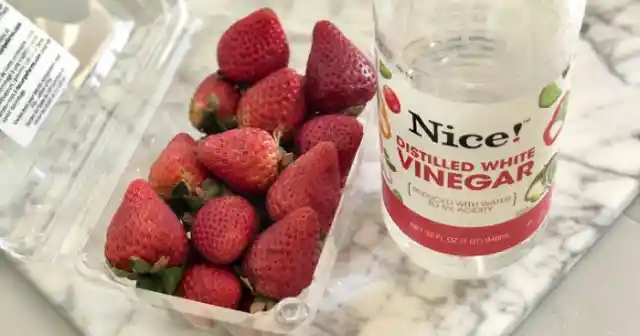
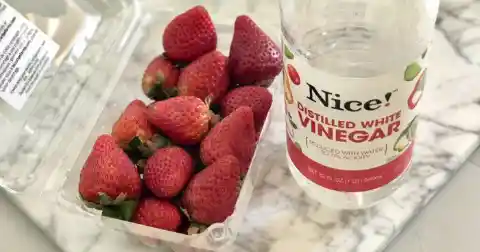
20. Keep Cucumbers Fresh At Room Temperature
Cucumbers go bad quickly. After a few days in the refrigerator, cucumbers become soft and squishy, and then moldy. However, there is a quick hack with a household item you’re sure to have that can keep them fresh for an extended time. Wrapping cucumbers in tinfoil prevents them from going bad faster by keeping out any excess moisture that would cause molding or rotting sooner than expected. This is a helpful hack, and you can thank us later after your flawless experience.
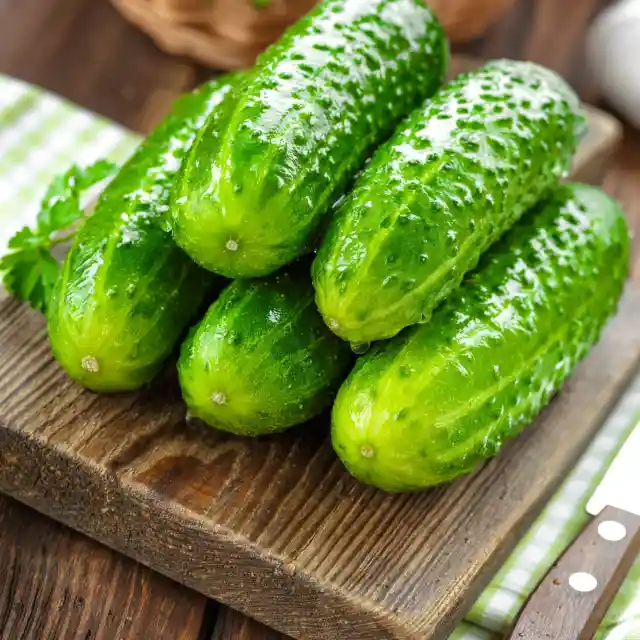
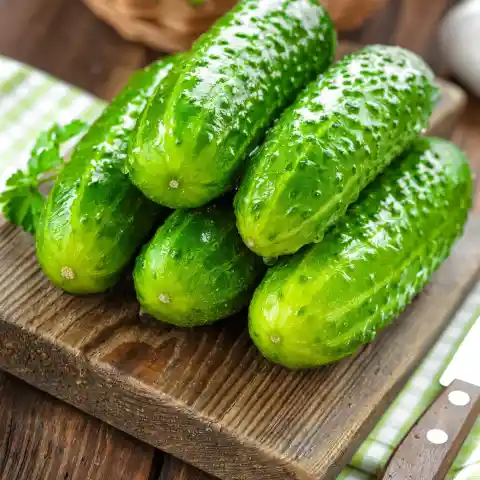
21. Secure An Ethylene Gas Absorber For Your Fridge
There are certain fruits and vegetables like apples and onions that emit ethylene gas. This colorless, tasteless gas isn’t harmful to humans, but it can still affect other produce around them in the fridge. it’s a must to have an ethylene gas absorber for the fridge. This tiny seed will protect your fruits and vegetables from spoiling quickly. They are designed to reduce their exposure to ethylene, a natural plant hormone that triggers ripening in many kinds of produce. This will definitely save you some serious cash.


22. Preserve Carrots For Months
Carrots are similar to asparagus in that they also can be kept fresh longer when stored correctly. Take carrots or celery out of the plastic bag before storing them. This prevents any potential mold or bacteria from growing on it. You can cut off the top and tails of carrots to store them in a covered jar or glass filled with water. This way, they will remain fresh for up to a week. That means you don’t have to buy vegetables from the grocery list so often.
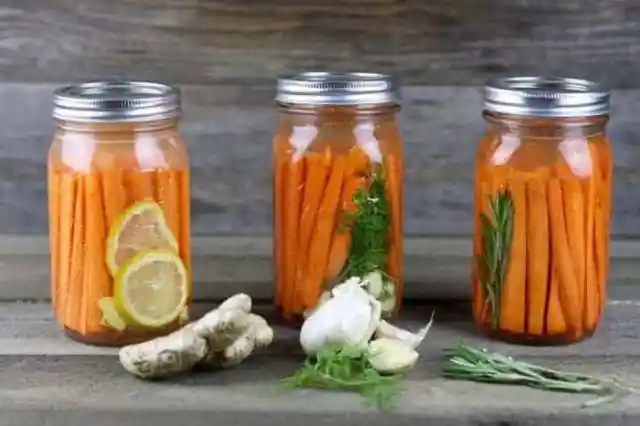
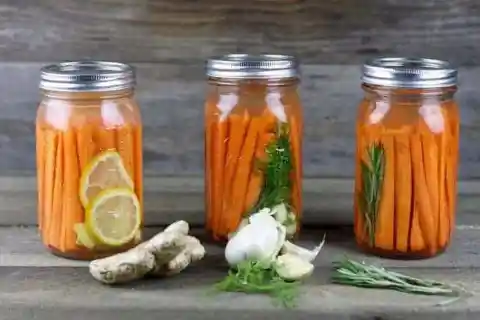
23. Freeze The Maple Syrup
Who knew that you could freeze maple syrup, and it’d stay fresh for years? Good quality 100% pure maple syrup is excellent but usually expensive. Do you like to buy a couple of jugs at a time but don’t know how to store them properly? Storing maple syrup in the refrigerator for up to one year keeps it fresh, making freezer storage even more effective. If you freeze your pure maple syrup, it can be stored indefinitely, saving time and money. No more throwing out partially used bottles.
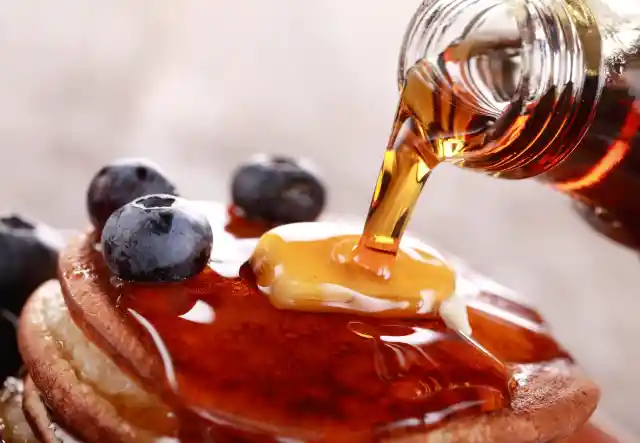
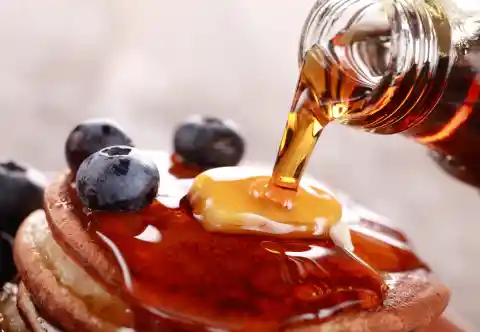
24. Keep Lemons Fresh With A Toothpick
Lemons are great because you can use them in many dishes or drinks. However, they don’t last long before getting too mushy or becoming hard as rocks. Luckily, there’s a quick way for us not to lose out on lemons and keep them fresh. Just reattach the ends with toothpicks and store them in water as you would normally. They’ll last several weeks this way, so they’re always on hand when needed—no more wasting money or letting food go bad simply because it’s not convenient.


25. Use Polyethylene Bags To Store Grapes Safely
Polyethylene bags are a great option if you want to store grapes safely. This will keep the freshness locked into those delicious little fruits. The plastic bag in which grapes come might not look elegant, but it’s the perfect packaging for them. Plastic bags with holes are the best way to store grapes. Grapes will not dry out if they have good ventilation, which plastic bags offer through their perforated surface of tiny slits that allow gas exchange while keeping humidity in.


26. Store Potatoes And Apples Together
Ethylene gas is a colorless and tasteless by-product of apples during the ripening process. It’s essential to keep in mind which fruits and vegetables you’re storing together because they can affect each other while rotting. Storing apples and potatoes together can keep both fresh longer. If you’re looking to avoid premature potato sprouting, storing both these foods near each other in a dark area will help. The ethylene gas that an apple emits helps with this process by helping prevent the early growth of spuds.
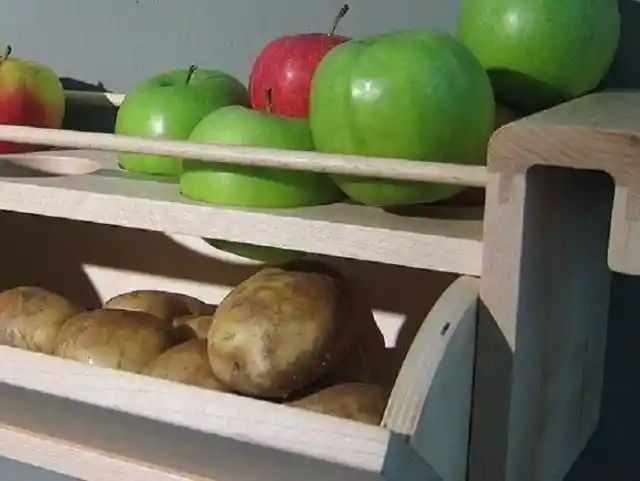
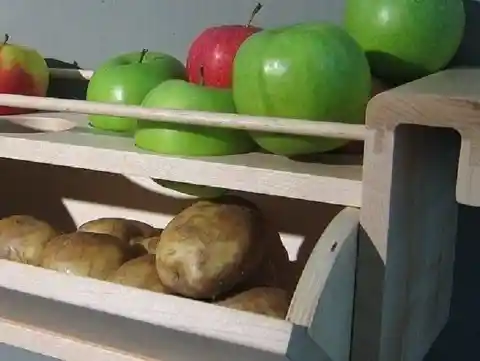
27. Restore Raisins With Hot Water And Airtight Container
If you love raisins, you might be shocked to learn that the shelf life of this dried fruit is actually not indefinite but there’s a way to extend it by simply soaking them in hot water and transferring them into another container. By soaking and then storing them in a tightly sealed container, you can have edible raisins for up to a year. However, over time the raisins will become less sticky and harden due to moisture loss, making them difficult to chew.

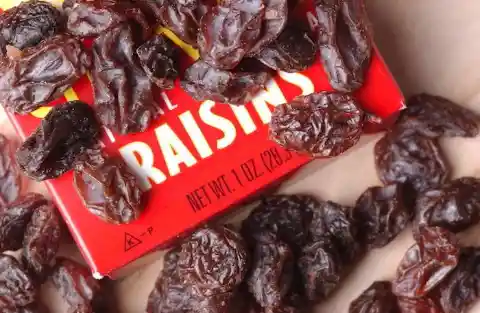
28. Add A Little Bit Of Butter On The Cut Side Of Cheese
Cheese is the path to a lot of hearts, but only if they aren’t lactose intolerant. Green mold can be an instant turn-off for cheese connoisseurs, so there’s good news: There’s this easy trick that’ll keep your fresh cheese lasting for months. If you need to save the cheese for a long time, rub it with butter and place it on parchment paper. Fat from the melted butter prevents oxidation which would otherwise lead to mold growth on your delicious block of cheddar or swiss.
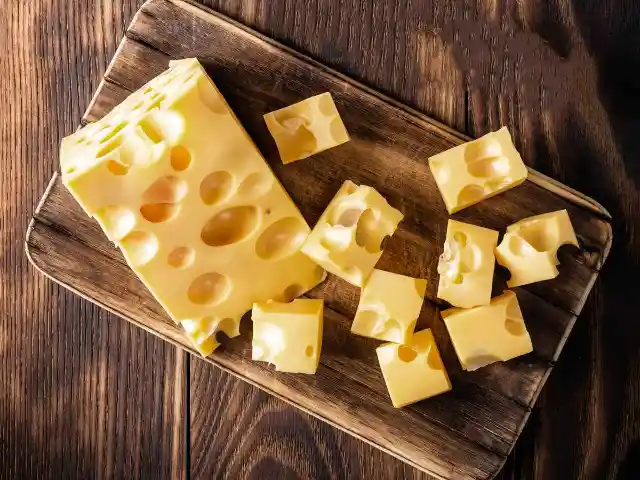

29. Keep Nut Butter Upside Down To Avoid Separation
Store natural nut jars of butter upside down to prevent separation. By performing this, the oil that naturally accumulates on top will work its way to the end, and you can dodge having to re-blend later. This saves you time more than money, but what a great hack! However, if the product does start to go rancid or approaches its expiration date, then refrigerate your products quickly. Otherwise, they’ll end up going bad, of course. We recommend storing nut butter upside down until well mixed, then refrigerate them, and they’ll last quite a long time.
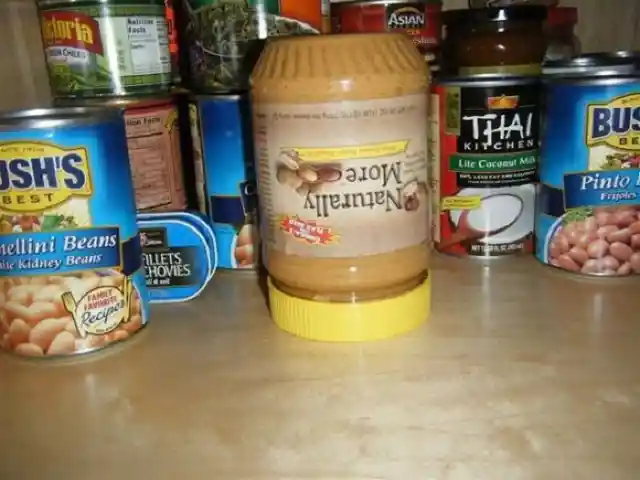
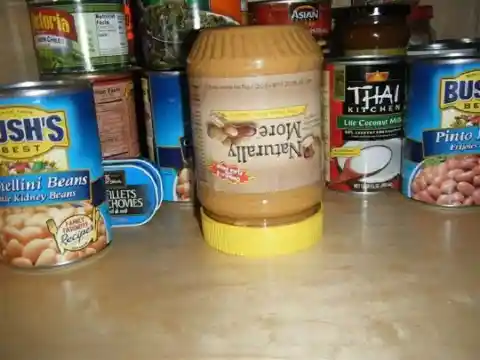
30. Organize Your Fridge Appropriately
To make sure your fridge is working in tip-top shape and food is fresh, follow the zones. Get perishables off the door. Store produce in a crisper with an airtight seal to keep it fresh longer, protect other items from spoiling. In addition, push dairy toward the back of the refrigerator because that’s where they’ll stay colder for the longest. This will help food last long enough until the next grocery shopping day while avoiding cross-contamination between products.
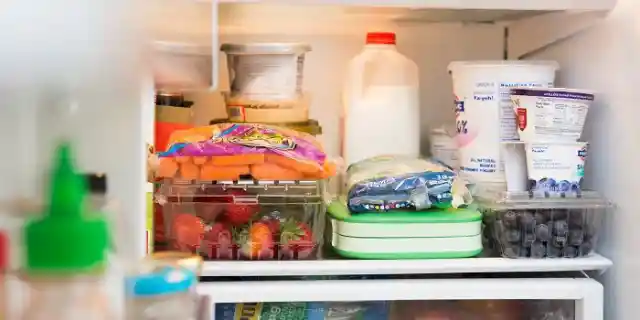
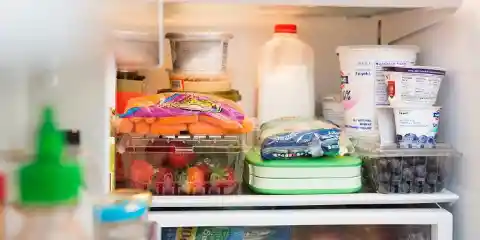
31. Place Potatoes In Cool, Dry, And Dark Place
Keeping potatoes in a dry and cool area of your kitchen with good ventilation will help them stay fresh for longer. Consider keeping the potatoes in cupboards or closets if possible, as well as basements or garages. These all excellent choices. The perfect temperature for storing potatoes is 45°F to 55°F, and they can last up to months at this range. However, if the temperatures are warmer or more humid than that, these spuds will start sprouting or going bad quicker.
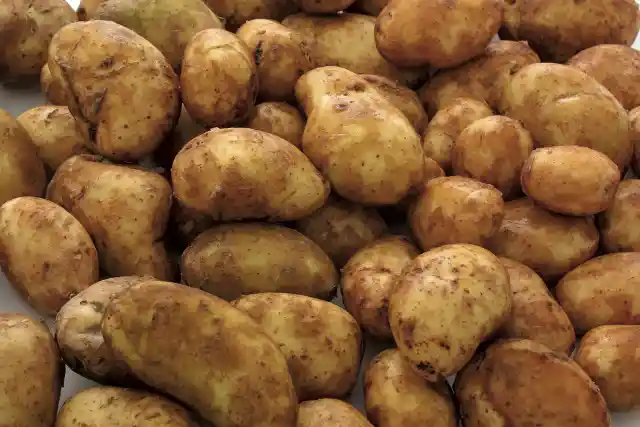
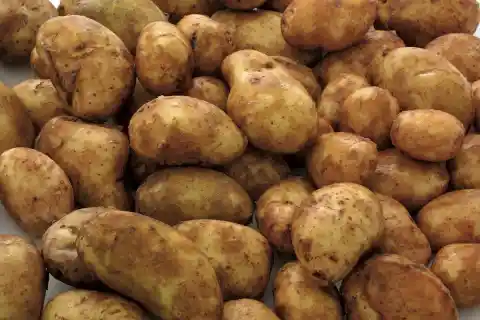
32. Strong Alcoholic Drinks Never Expire
You’ve spent years saving up for that bottle of wine. The smooth flavor, the hint of wood, and earthy undertones captured your attention at first sip. However, what if your drinking experience could be even better? There are many theories to preserve alcohol. It is said that strong alcoholic drinks never expire; in fact, they get better with age. It would help if you stored them away from direct sunlight or heat sources, damaging both the flavors inside and any corked material holding them together.


33. Roast Nuts And Store Them In The FreezerTo Keep Them Longer
When you purchase nuts at the grocery store, make sure to roast them as soon as possible and then place them in the freezer. Roasted nuts taste better than raw ones; they also retain their freshness longer and save you time later. As weknow, roasted nuts can be used for many recipes, from cakes to salads and all in between. Spread a single layer on a sheet pan, bake at 350 degrees until golden brown. Store them in the frdige or freezer once they’ve cooled down completely.
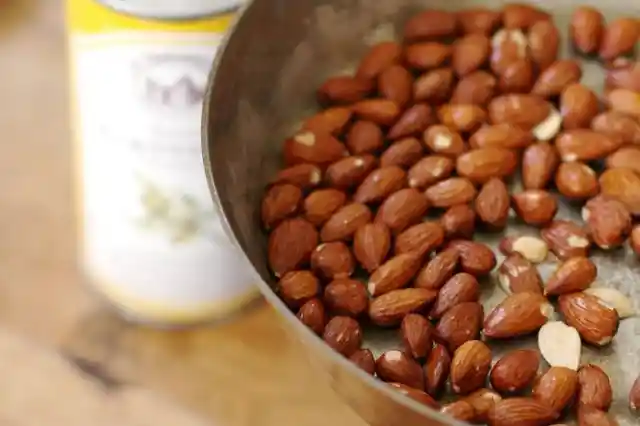
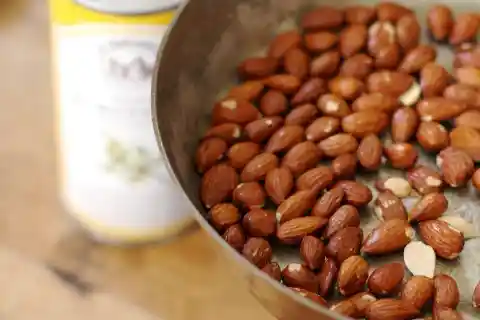
34. Repurpose Plastic Bottle Top For Bag Seal
Plastic bottle caps can provide a useful storage hack. Plastic bags with resealable zippers at the top are great, but not all have this feature, and sometimes, we run out of them and have to use regular plastic wrap for storing our leftovers. For those who want to keep their plastic wrapped food fresh, try this hack. With the help of an old water or soda cap, you can make sure those zipper-less bags or plastic wrap prevent your food from spoiling. Cut off the entire top of the bottle and put the plastic ends through it and fold them over the sides. Screw on the cap and voila!
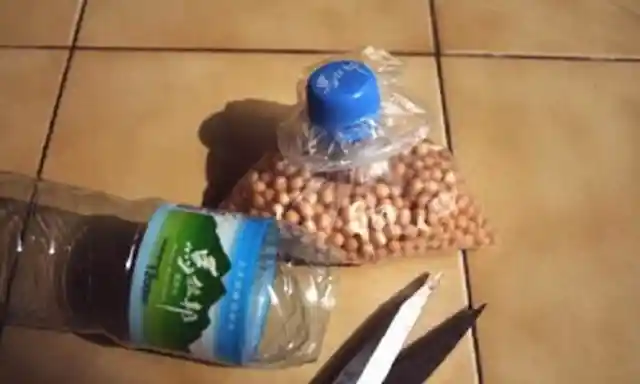

35. Chilling Cooked Potatoes
many of us already knew about this. If you make too many potatoes – whether mashed or cubed – and know you won’t eat them within a few days, it is good to freeze them. It will not alter the quality in any way, in case you were worried about that. You can keep your potatoes in the freezer for up to a year and still expect them to be as delicious when you defrost them as you did when you first made them. Avoid microwaving if possible because it might change their texture too much.
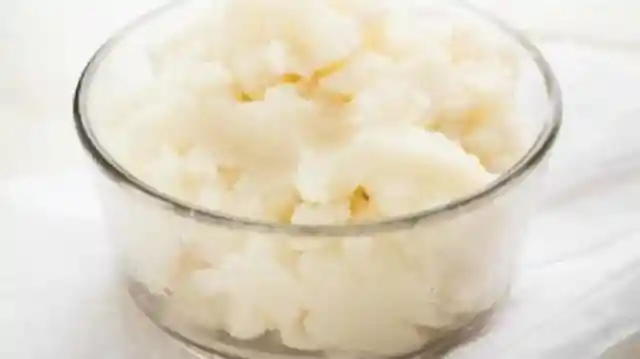

36. Spray Cooking Oil On Leftover Guacamole Before Placing It Back In Refrigerator
Once in a blue moon, the stars will all align, and you will have all of your ingredients on hand to make some fantastic guacamole. To maximize your snack experience and the shelf life of your guac, try adding one simple household staple. You can try wrapping it in plastic wrap and spray the top with oil next time you’re thinking of throwing out that guac. This will prevent any further oxidation and keep it green. This vibrant color could last up to 24 hours.
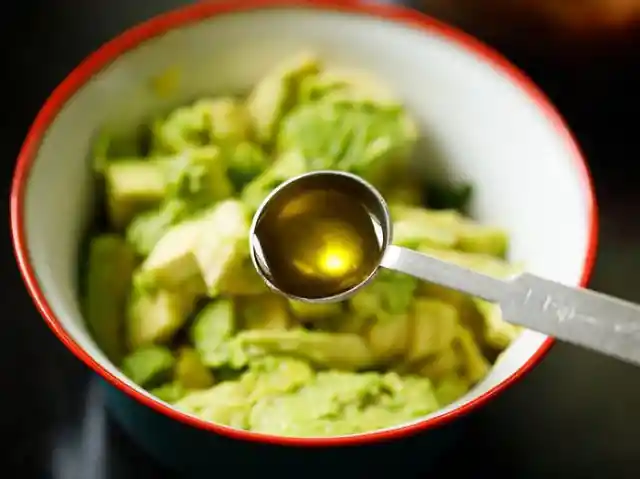

37. A Beautiful Vase Of Asparagus
Placing a beautiful bouquet in a vase is always a great idea, but did you know that placing asparagus inside your flower arrangement yields even more benefits? Asparagus has many nutrients and tastes delicious too, but it can be pricey for a vegetable. Asparagus is best stored by standing them up in a mason jar or glass with an inch of water at the bottom for approximately four days. Just remember to cover it with plastic and change the water if it becomes cloudy.

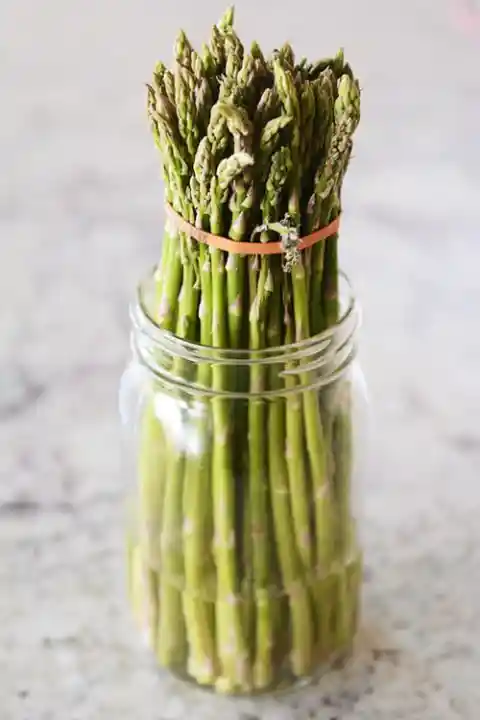
38. Chill Fresh Green Beans Without Blanching
This is another not-so-secret kitchen fact, but some may still not know about it. When you freeze green beans, they don’t lose their texture or flavor as other vegetables sometimes do. This makes them a great way to bring the freshness of summer into your plate all year long. Give your green beans a good wash in cool water, then snap or trim off both the stem and pointed ends. Please make sure they are dry before freezing them, as excess moisture will increase the chances of freezer burn.
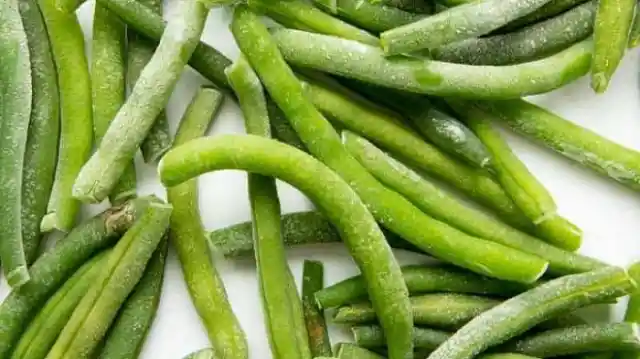
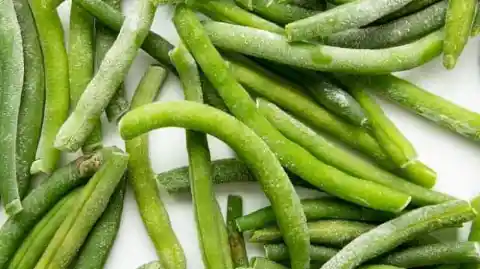
39. Spritz The Cooking Spray On Avocado To Stop It From Getting Brown
As we mentioned above, there are some times when your favorite avocado starts to go brown. If you don’t have lemon juice handy, follow this easy trick, and you won’t have to toss the uneaten half of your avocado. Mist it with any kind of cooking spray before storing it in an airtight container. Also, regardless of whether you use lemon juice or oil, make sure to keep the seed with the half you’re saving. This is also a helpful tip for guacamole.
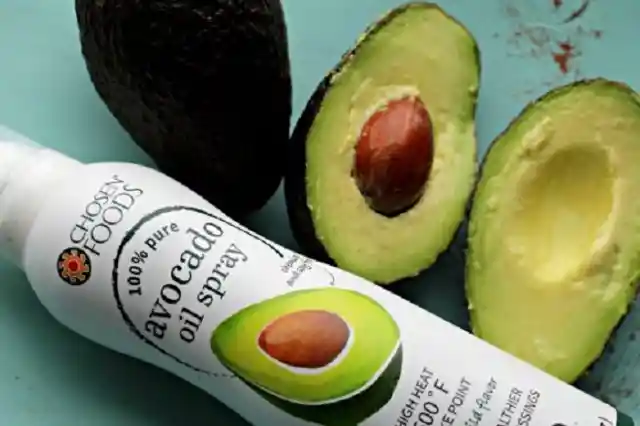

40. Chop The Leaves Of Beetroot To Make It Last Longer
Beetroots last longer when their leaves are cut off. This is because the roots shrivel up faster due to water loss through their foliage. Please remove all of the beetroot’s straggly leaves, then chop off its stems close to its root base. Once your beets have been cleaned well, store them in a box with moist sand or peat substitute layered between each one, so they don’t dry out. Make sure you place these boxes somewhere cool, which will help reduce moisture loss.
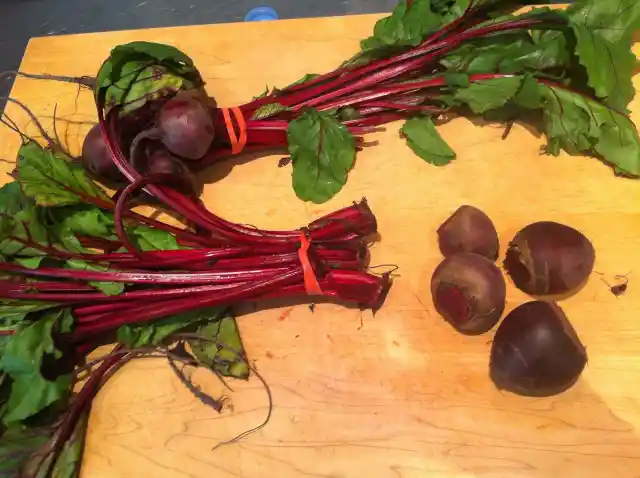
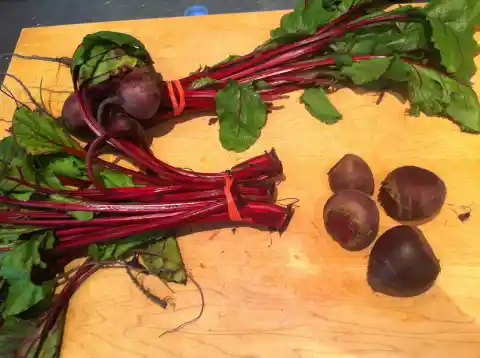
41. Freeze Surplus Lemons
Lemons are quite versatile in a kitchen as they can be used for cooking, baking, flavoring drinks, and even cleaning. However, as we mentioned earlier, these fruits can go bad quite fast. To freeze them, start by slicing them up and pat each side on a paper towel to get rid of excess moisture. Next, place those slices on a cookie tray lined with parchment paper and then freeze them for about 8 hours. After that, place them in a Ziploc bag. These lemons will last you for weeks, and you won’t need to run to the store each time you carve some hot lemon tea.
